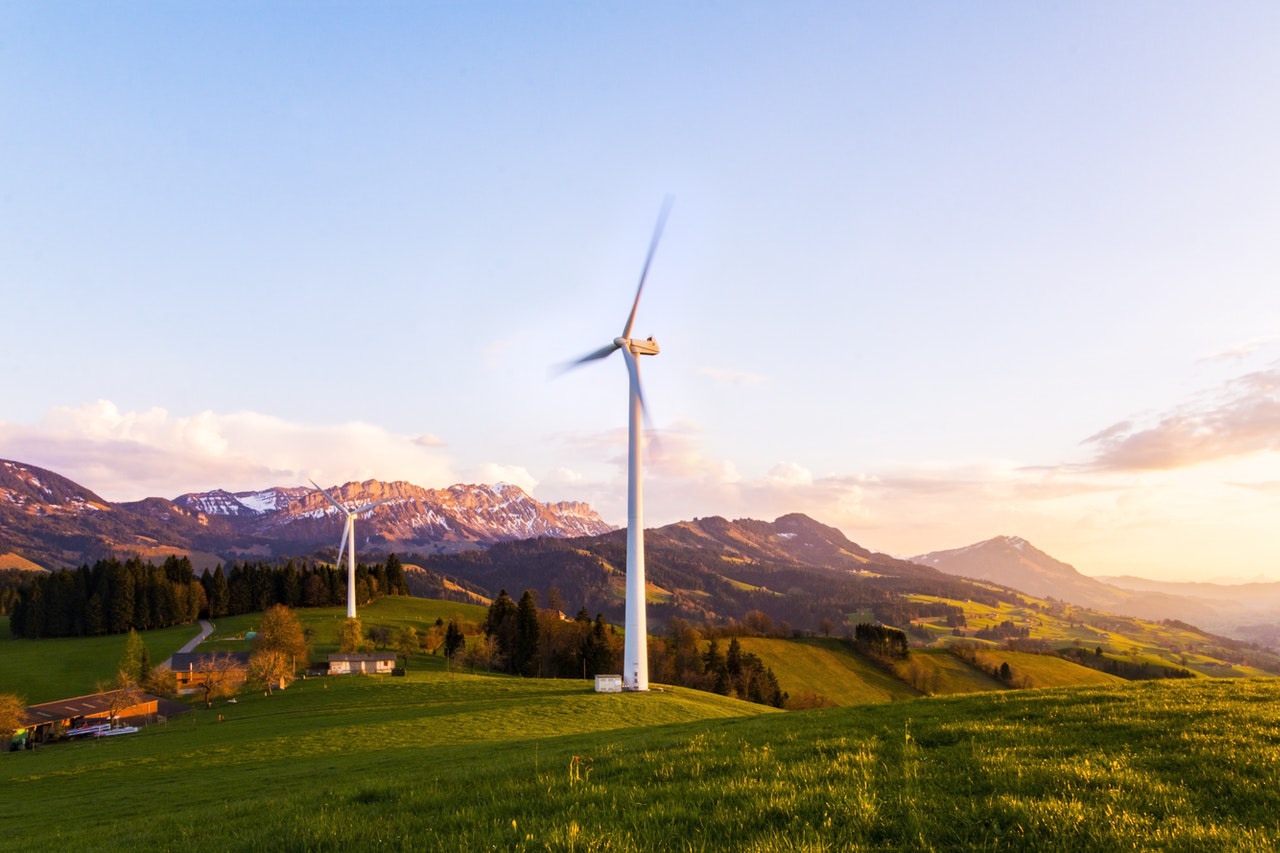We are regularly told that wind and solar electricity are less expensive than fossil-fuel power when the full costs of utilizing each kind are calculated, writes author Ken Green for producer.com.
Green, senior fellow at the Frontier Centre for Public Policy, believes these arguments have always been problematic, if not openly deceptive.
“Yes, the wind is free, and the sun is free, but nothing about harnessing either for meaningful activity is free,” Green adds.
Indeed, common sense and a growing body of research indicate that wind and solar power will be significantly more costly than fossil fuel alternatives and will cause significant environmental harm on their own.
At the most basic level, these power producers are located on land – a lot of land — the majority of which is not free. Even when utilized just for wildness, land offers enormous advantages to civilization (known as “ecosystem services”), including as animal conservation, providing protective buffers against weather and climatic variations, purifying and managing local air and water flows, and so on.
When it comes to land, one would think that environmentalists (of all people!) would have realized by now that land is never free. Neither the transmission of wind or solar electricity nor the technology to collect wind and solar power are free.
Even more perplexing is the reality that wind and solar electricity are unlikely to follow the optimistic cost-curve decreases projected over the years. According to a recent article on solar photovoltaic electricity by Jonathan Gifford in pv magazine, the cost curve promises are coming to an end.
Gifford cites a senior executive from a prominent solar power system manufacturer who notes that, although solar component prices have been down for nearly six years, the good times are over. He finds that manufacturing accounts for just 30% of photovoltaic module manufacturing costs, but material inputs for solar power systems, such as silver, copper, aluminum, and glass, currently account for 70% of input prices. And all of these prices are rising.
According to Gifford’s report, transportation expenses for solar photovoltaic module manufacture and delivery have also risen considerably.
“According to numerous sources, container transportation prices from Shanghai to ports in the United States and Europe are eight times higher in 2021 than they were in 2020.”
Rystad, the aforementioned solar photovoltaic manufacturer, determines that shipping rates have grown 500 percent from September 2019 to October 2021 for module shipments.
The notion that civilization can windmill and solar panel its way out of fossil fuels and into a carbon-neutral future that is both cheap and capable of producing enough energy to sustain a prosperous economy is, and has always been, founded on very erroneous thinking.
When it comes to energy input costs, moving to energy generation that demands a plethora of rare material inputs with highly fluctuating prices is not a prescription for a lower-cost energy future.
Prices for commodities based primarily on scarce resources and highly variable input costs, on the other hand, are likely to rise with time.
If Canada continues to phase out stable, inexpensive fossil-fuel energy in favor of scarce, costly, and unreliable “renewables” like wind and solar power, Canadians may expect to endure or adapt to whatever climate change may bring with less money and less power to weather the changes.

